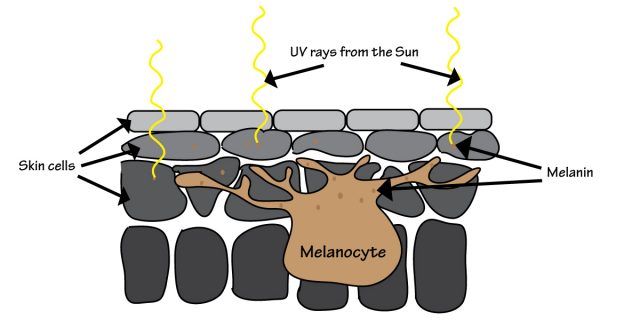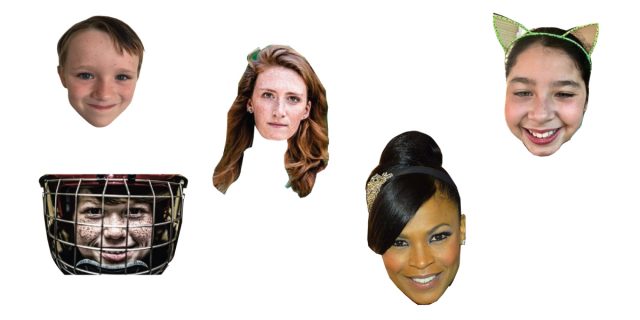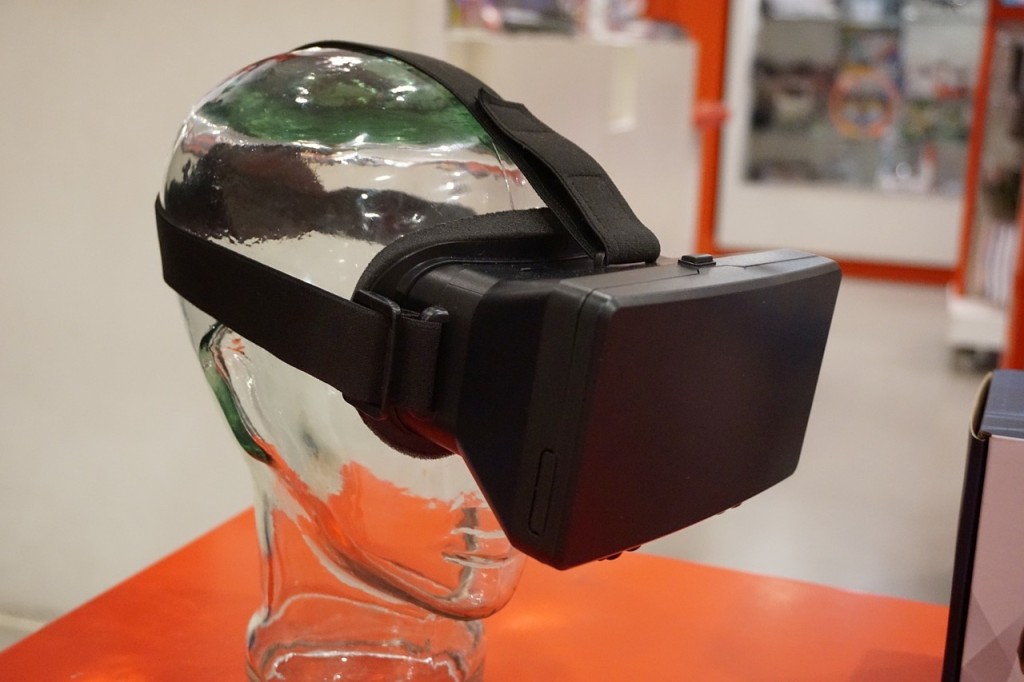Another great question this week, this time sent in by seven year old Daniel, who lives in Singapore; Daniel would really like to be a scientist when he grows up, but I reckon he already is one as he loves asking questions and finding out lots of facts about science and nature. In fact, Daniel is a regular to this blog, he often is the first to work out the Mystery Creature of the month!
Daniel’s question is…
How and why do freckles appear?
Many of us have freckles, Daniel has them too, in fact he appears IN the video as the freckle model 🙂 If you would like to know a little more about freckles (I bet you do!) just watch this video below!
Freckles are pretty common, especially in people with fair complexions, but before we look at how and why they appear, let’s take a closer look at what they are?
What are freckles?
Freckles are small spots on the skin, they are usually tan or light brown in colour. Unlike moles or some birth marks, freckles are flat on our skin. They are completely natural and harmless.
We are used to seeing them on peoples’ faces but they can be found all over the body.
They often become more obvious or more abundant when we expose our skin to the sun and that gives us the first clue as to why they appear.

Natural Sun-screen
Freckles are the result of a natural colour (or pigment) called melanin produced by the body to protect the skin against the harmful rays of the Sun.
This process is called photoprotection and this is how it works…
When UV rays of light from the Sun hit our skin they trigger certain cells in our body to make more melanin.
The cells that make the melanin are called melanocytes.

The melanin is sent to the outer layer of our skin where it absorbs these harmful UV rays, protecting the skin cells (and the cells’ DNA) from their damage.
Usually melanin is distributed evenly around the parts of the skin that are exposed to the sun, causing our skin to tan.

When melanin is distributed evenly we tan
Sometimes though the melanin clumps together in areas, forming little dark spots that we call freckles.

When melanin comes together in small areas of skin we get freckle spots
So basically, melanin is a little like our bodies’ natural sun screen… which kind of makes freckles like natural sun screen spots I guess.
Who gets freckles?
So do only fair skinned people get them? No, that’s not so. There are probably a lot more people with fair complexions with freckles, and freckles tend to be more noticeable on fair skinned people, but people with all types of skin tones can get them too.

Freckles can develop on all skin tones
Freckles tend to run in families, so if your parents have them there is a good chance you do too. The tendency to get freckles is genetics… and is connected to a gene called MC1R.
So remember, freckles are natural and harmless. They are just a sign that our body is taking care of us and keeping us safe.
A big thanks to Daniel for sending in this question; if you have a question you would like me to answer just leave it in the comments below or sent it to me by email (drhowsciencewows@gmail.com).
![[Watch] How and why do freckles appear? [Watch] How and why do freckles appear?](https://sciencewows.ie/wp-content/uploads/2017/04/Screenshot-768x350.png)


